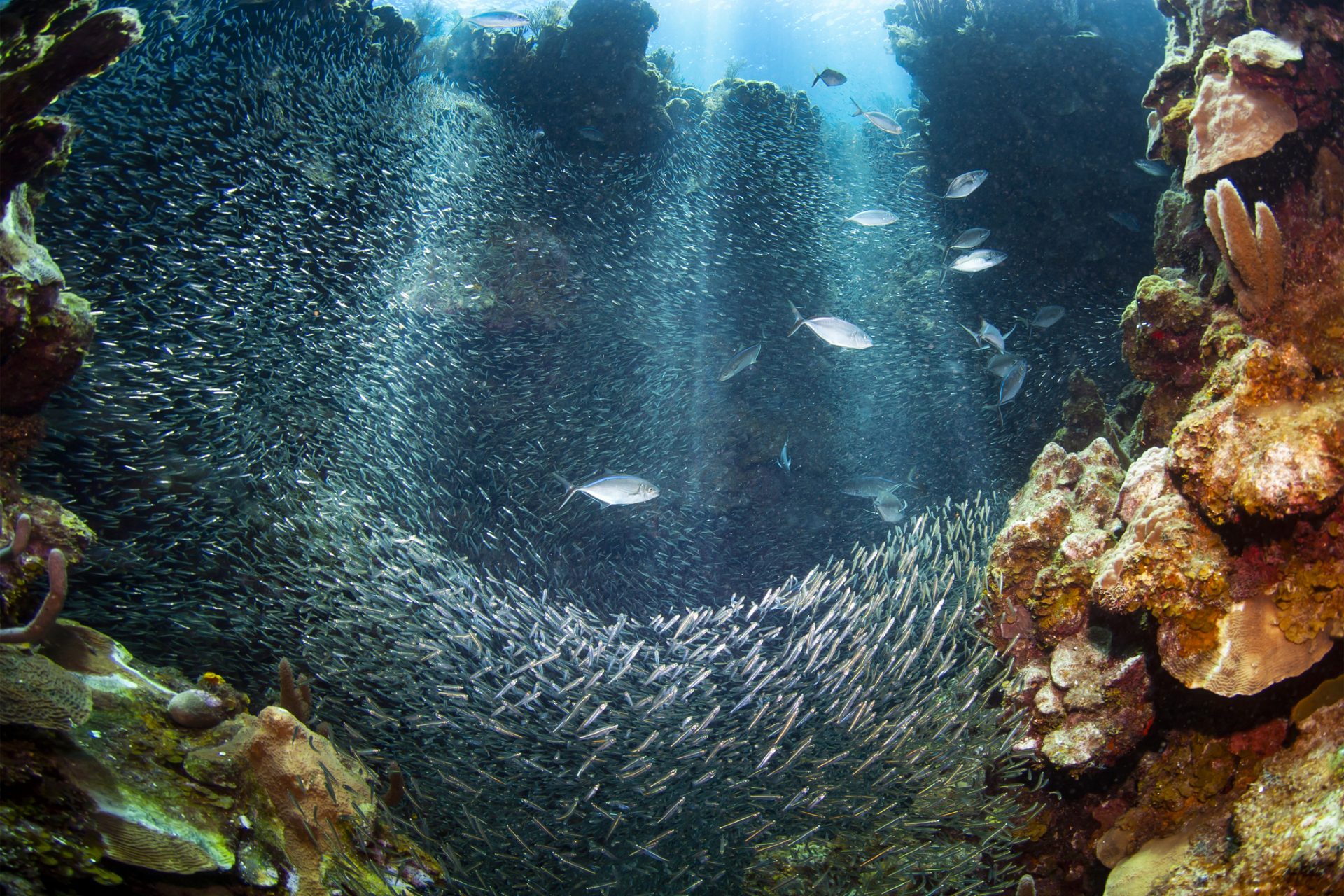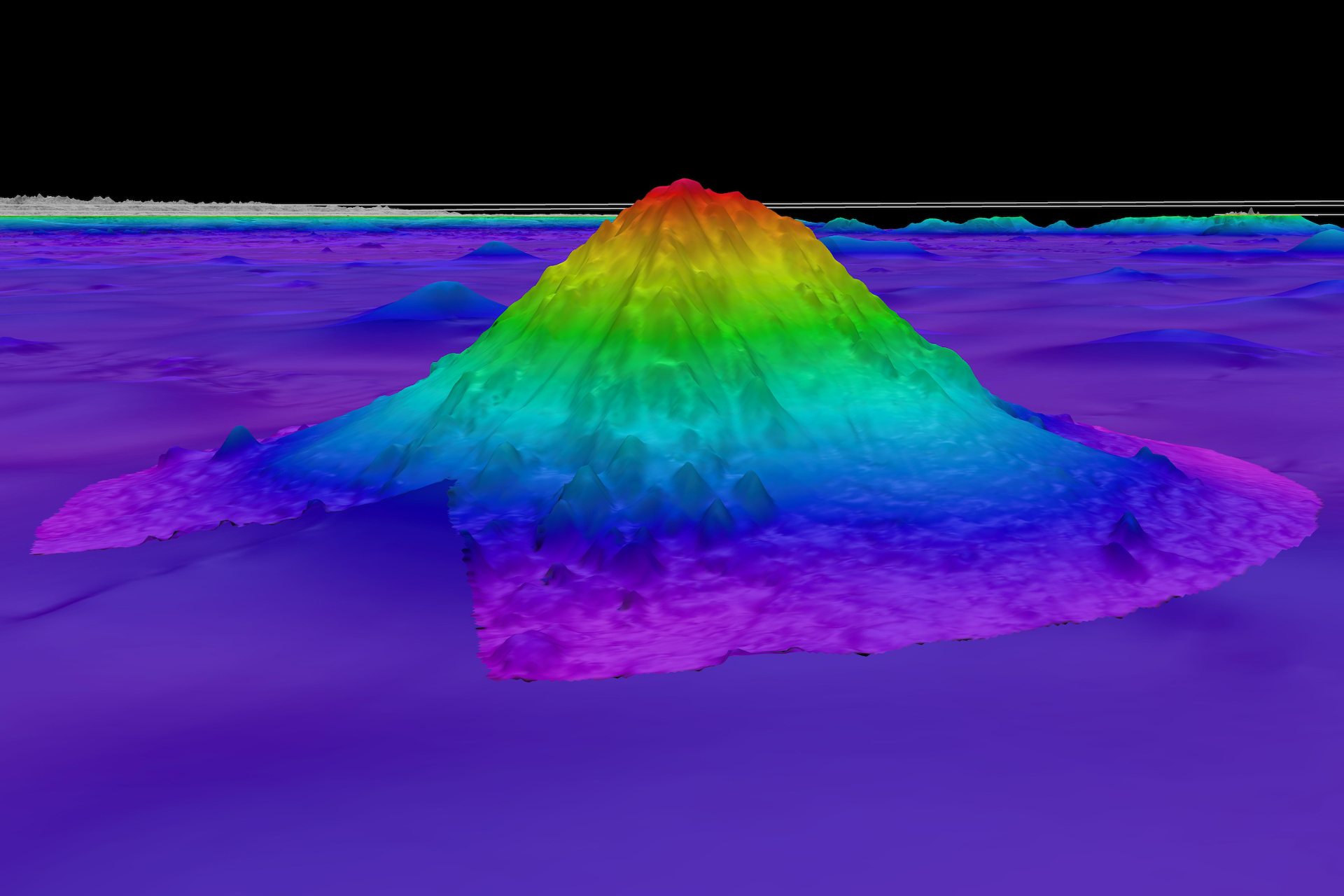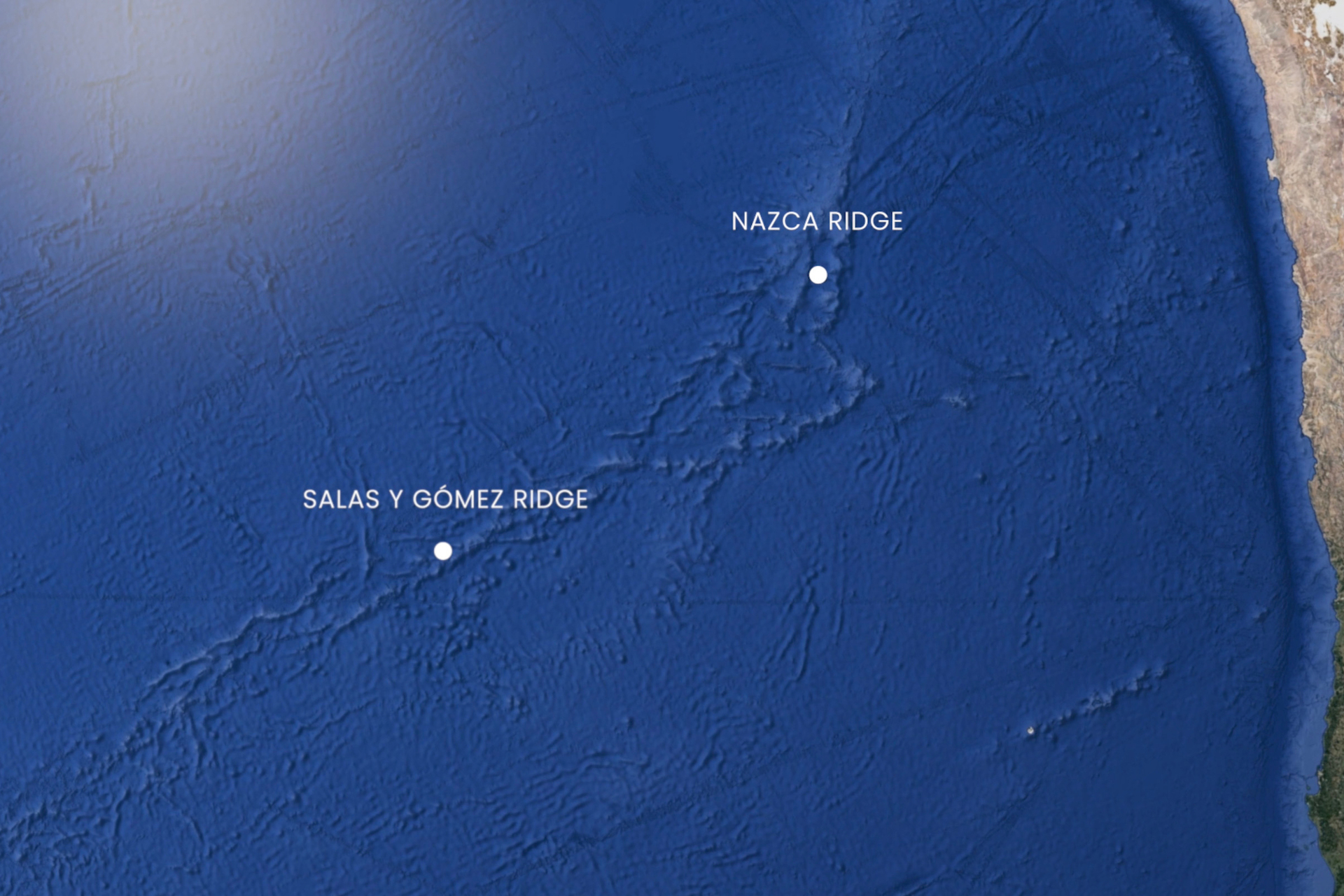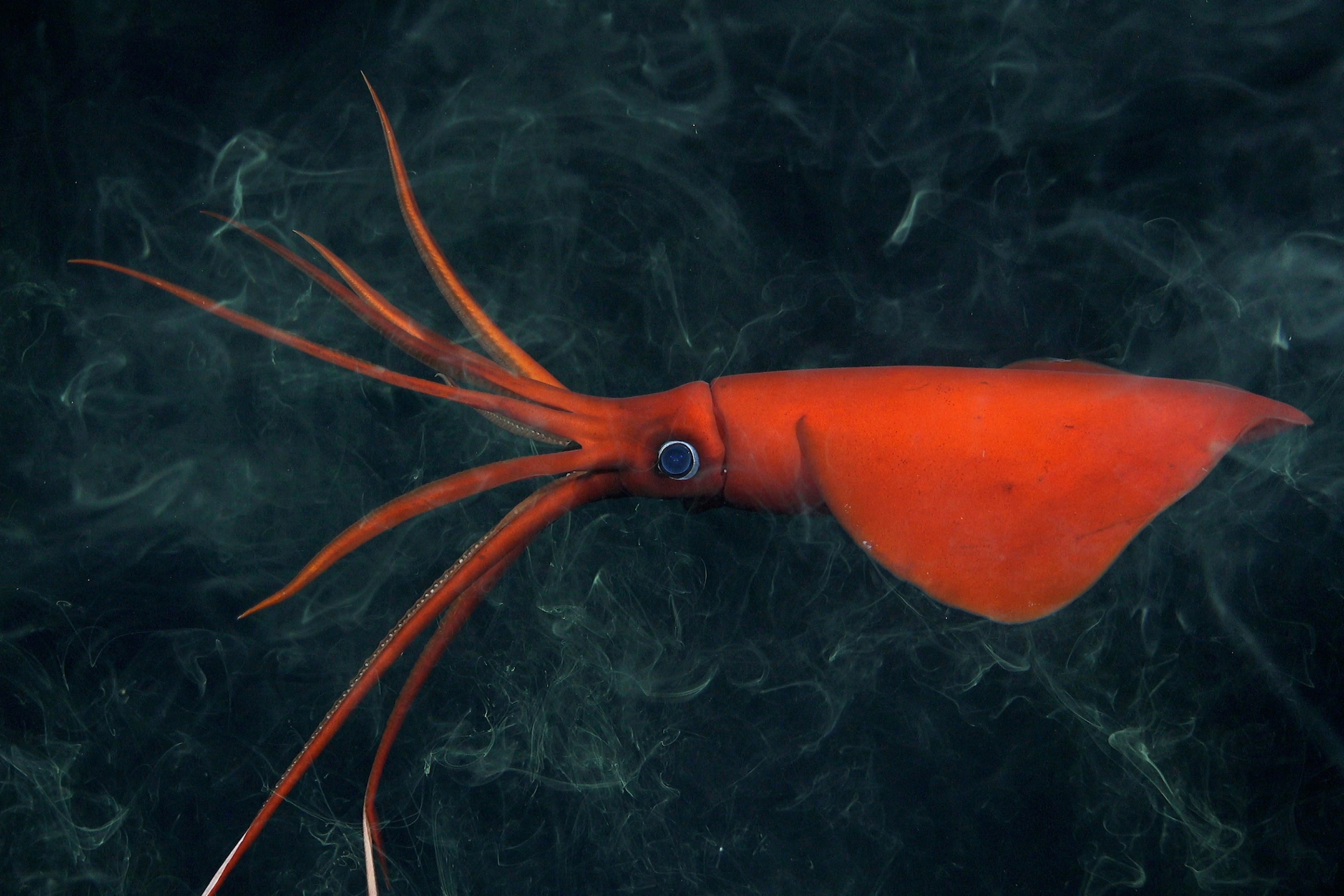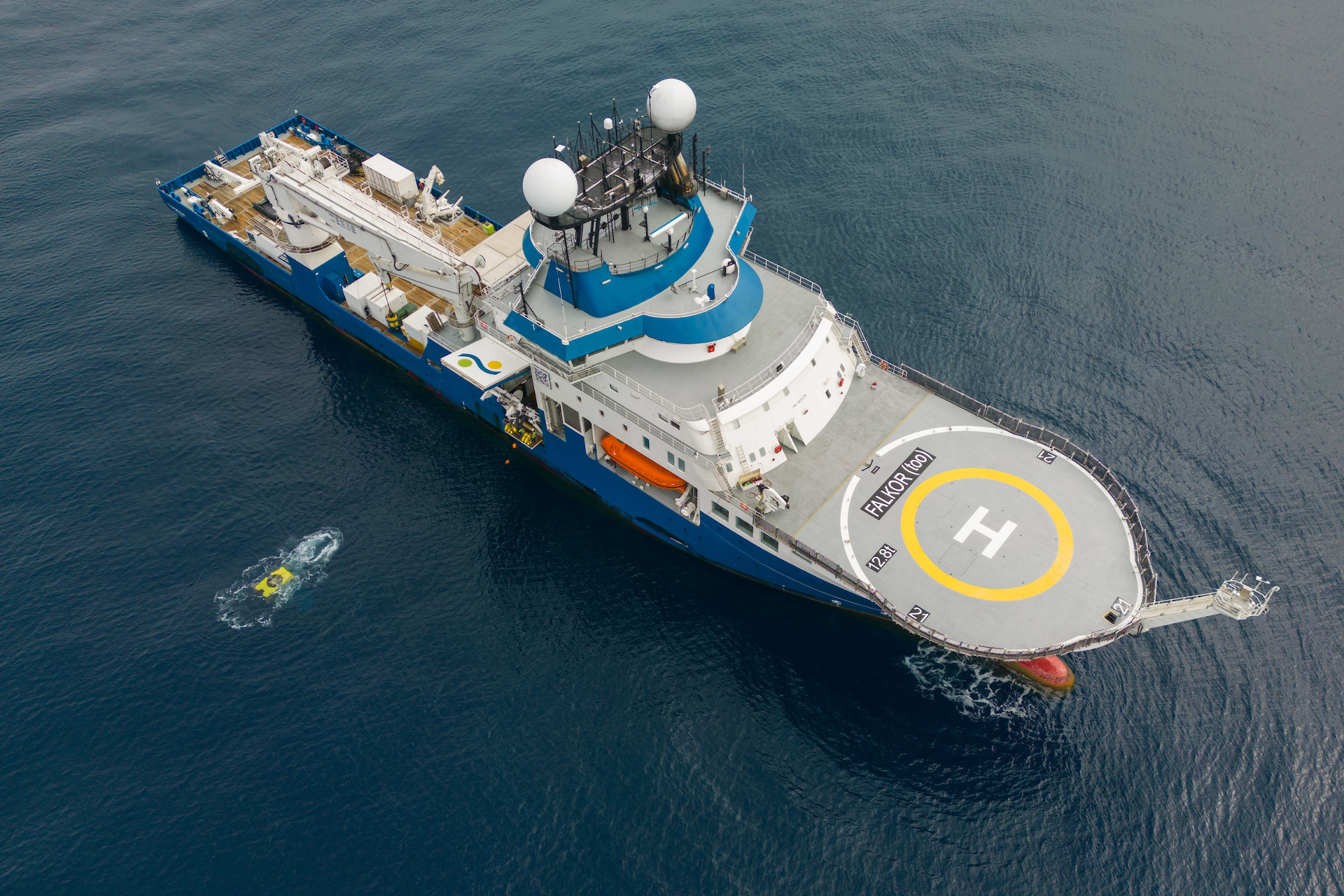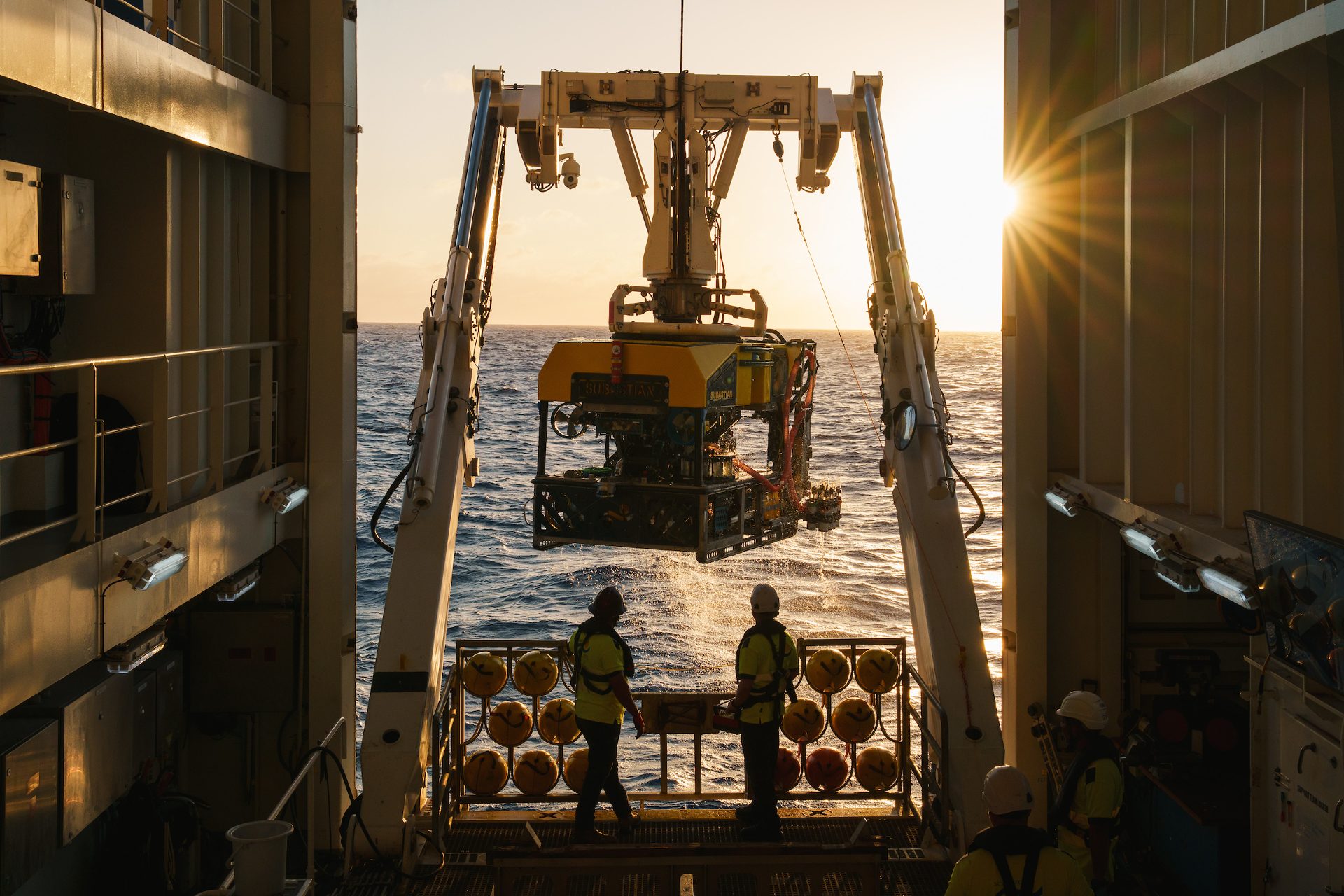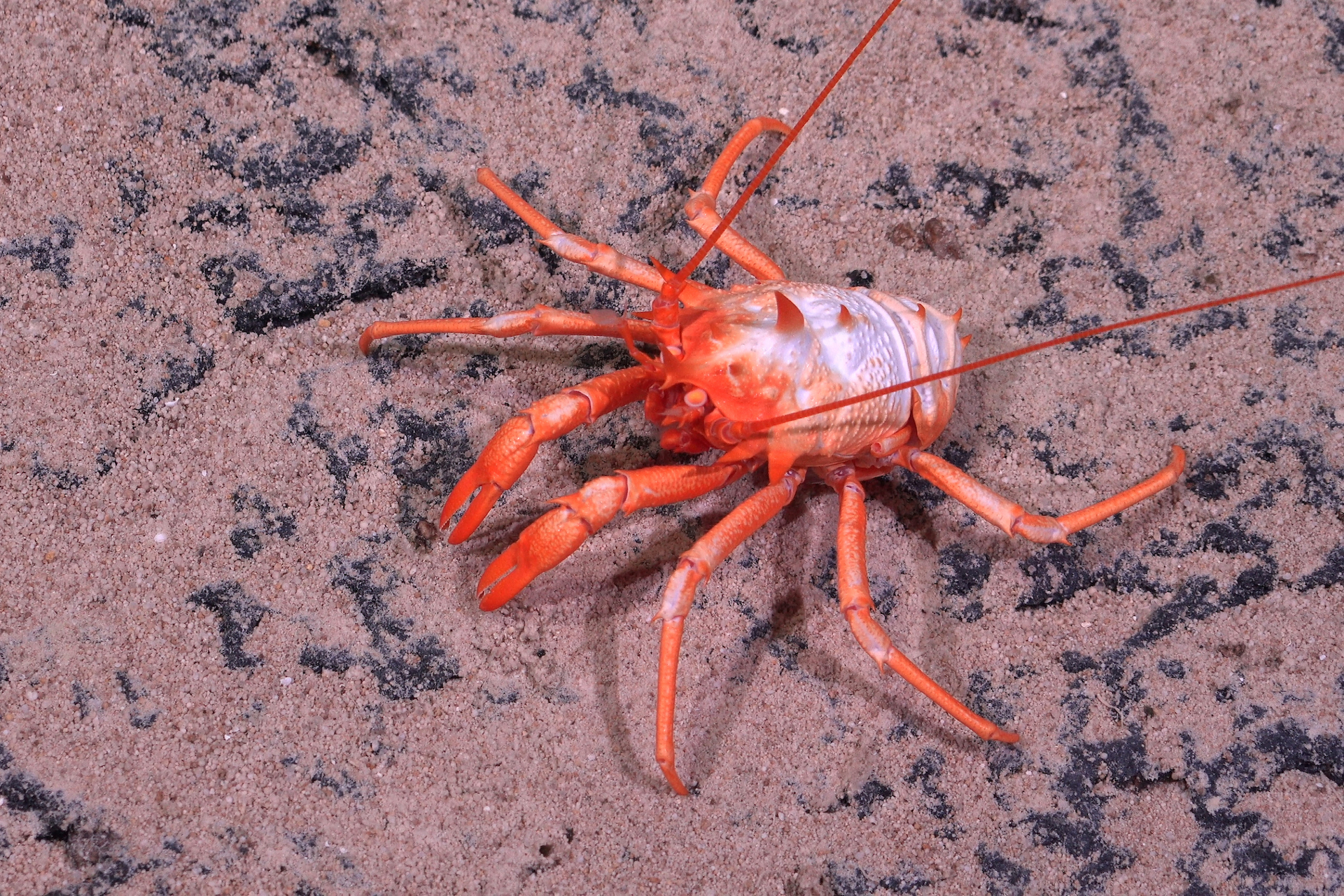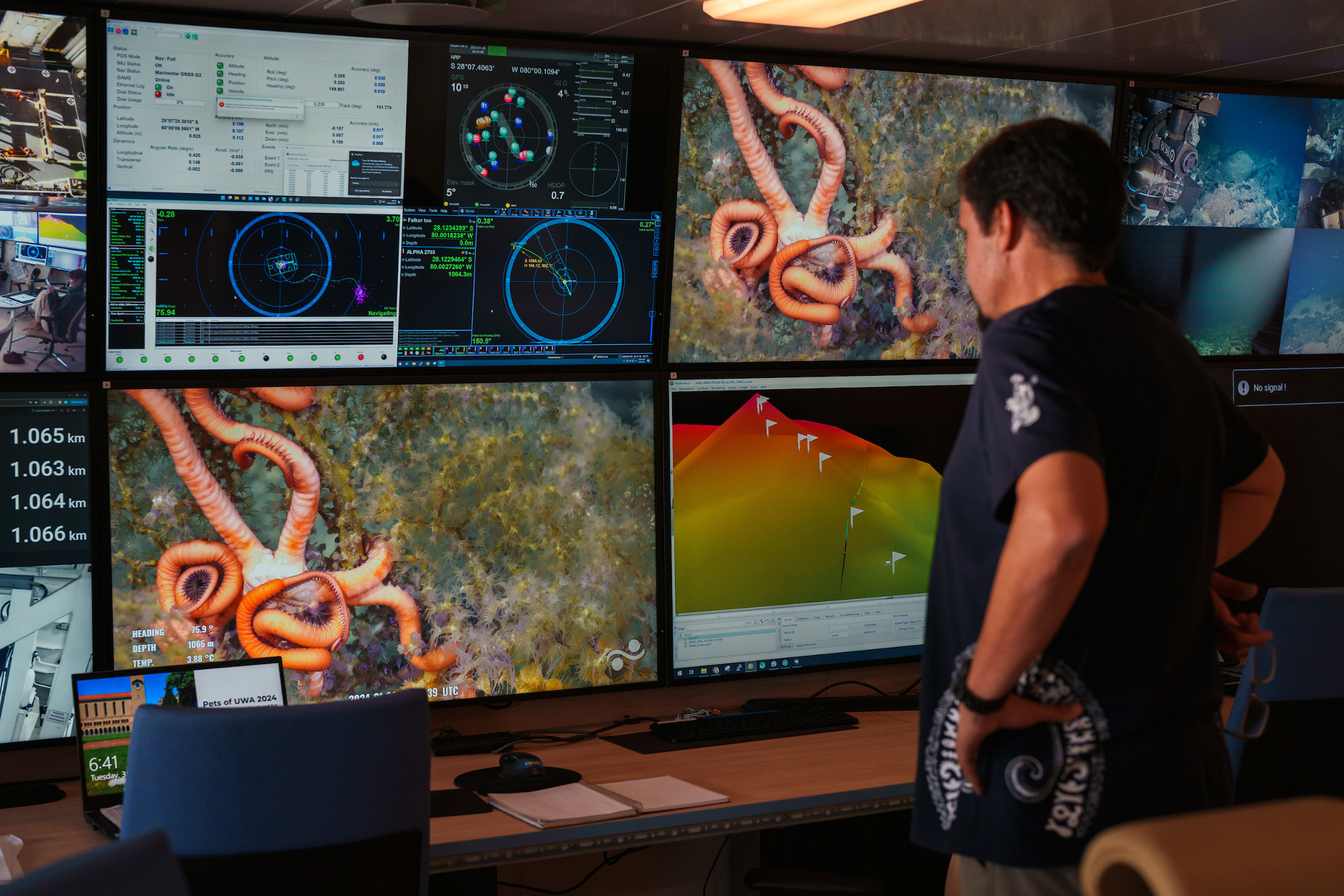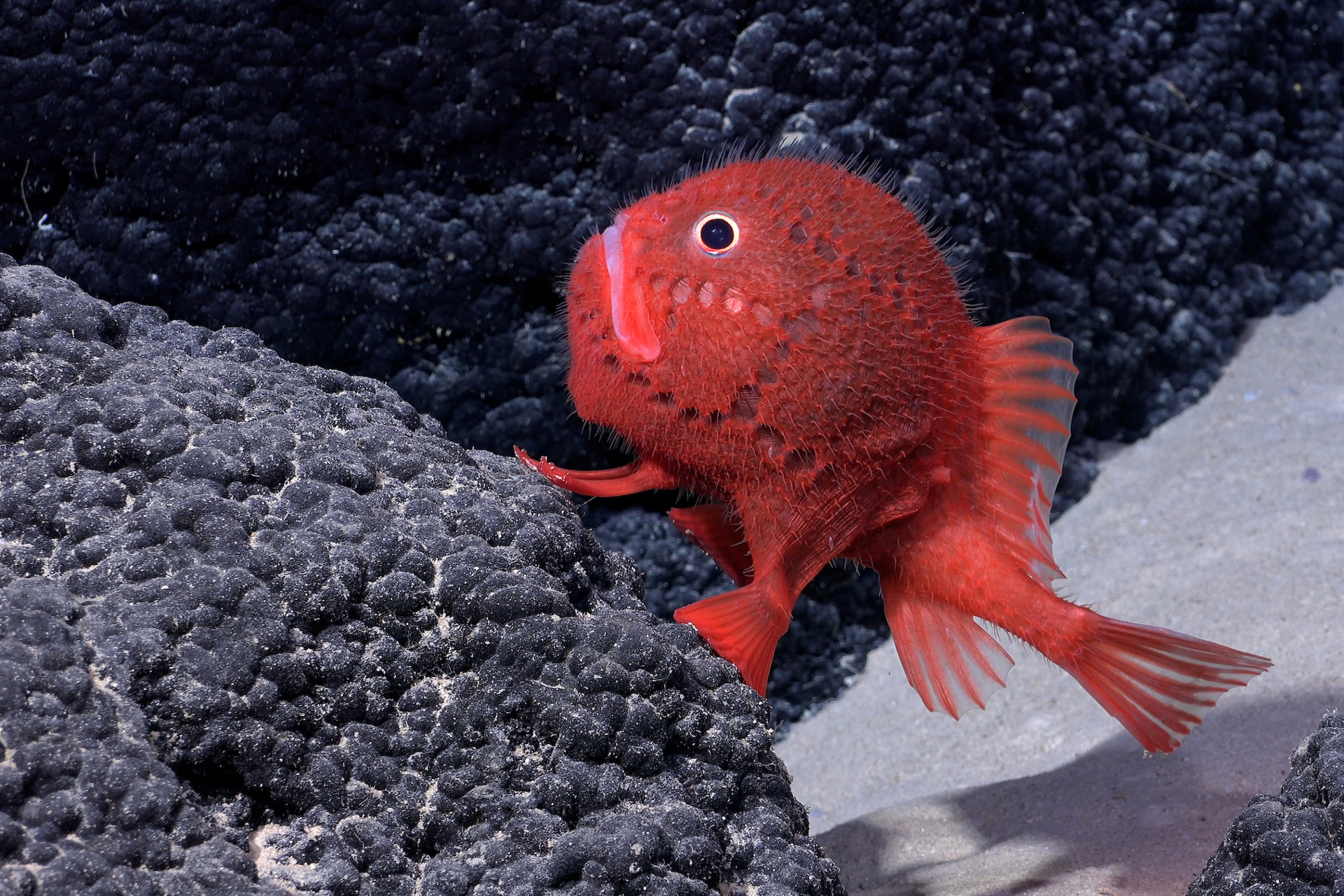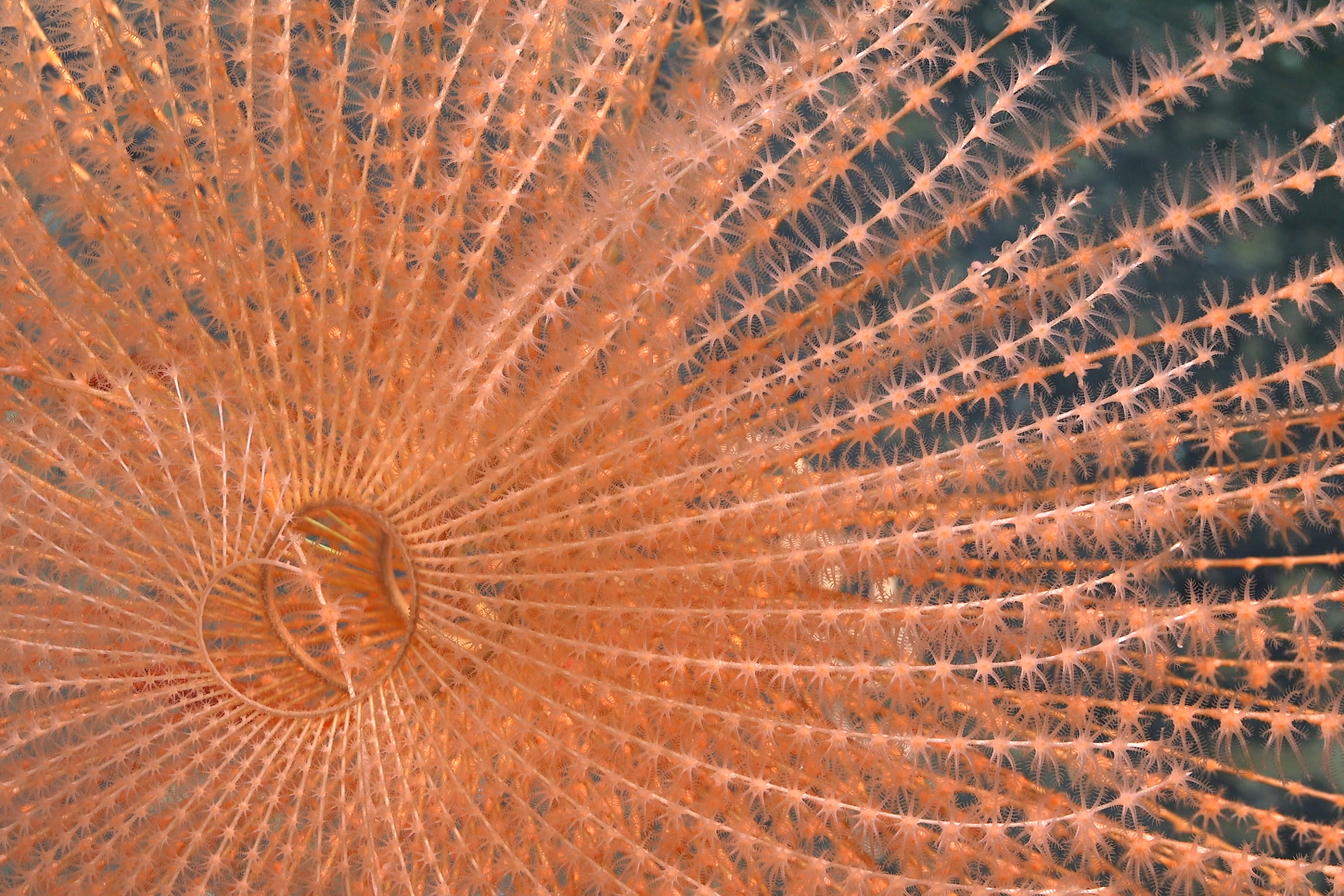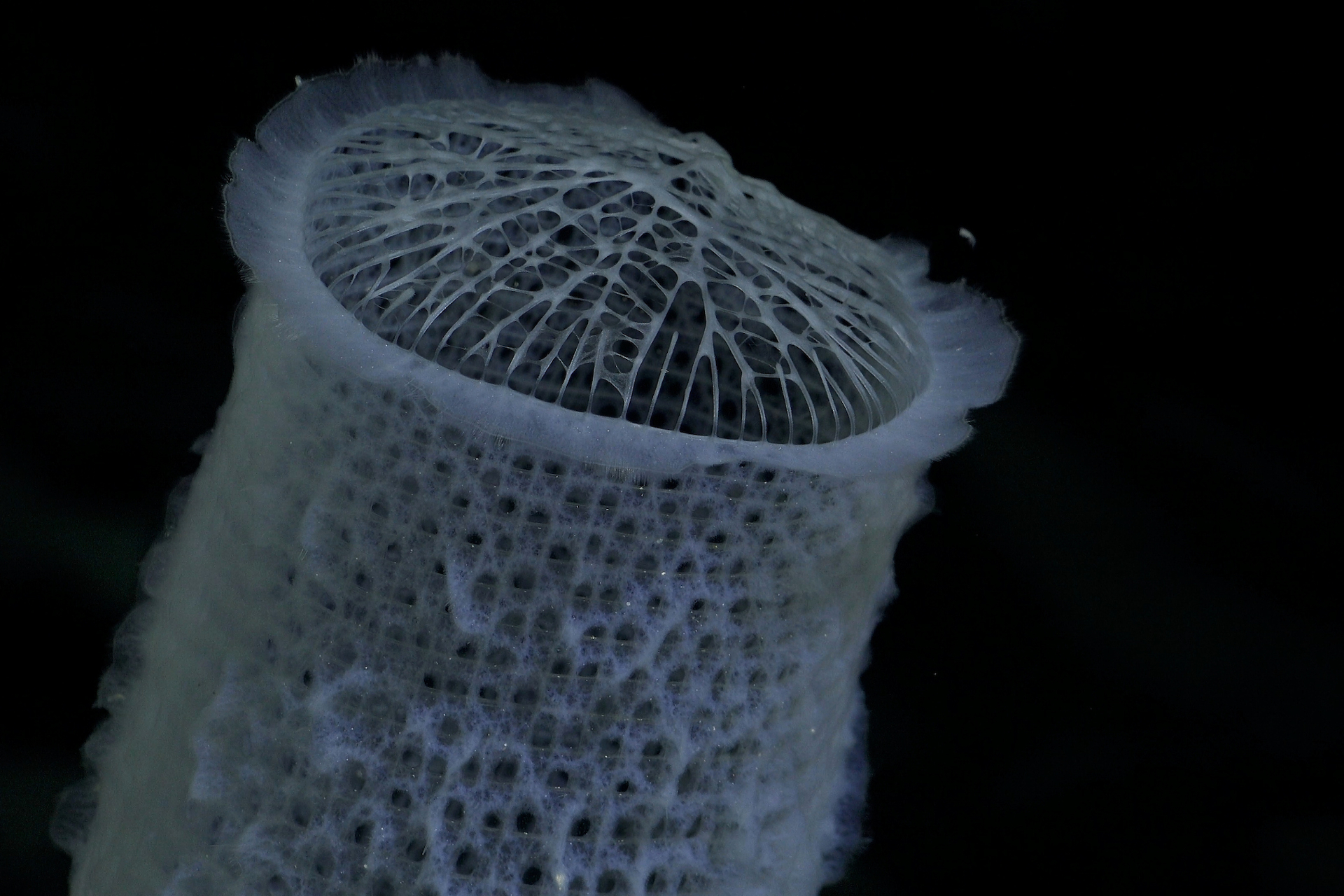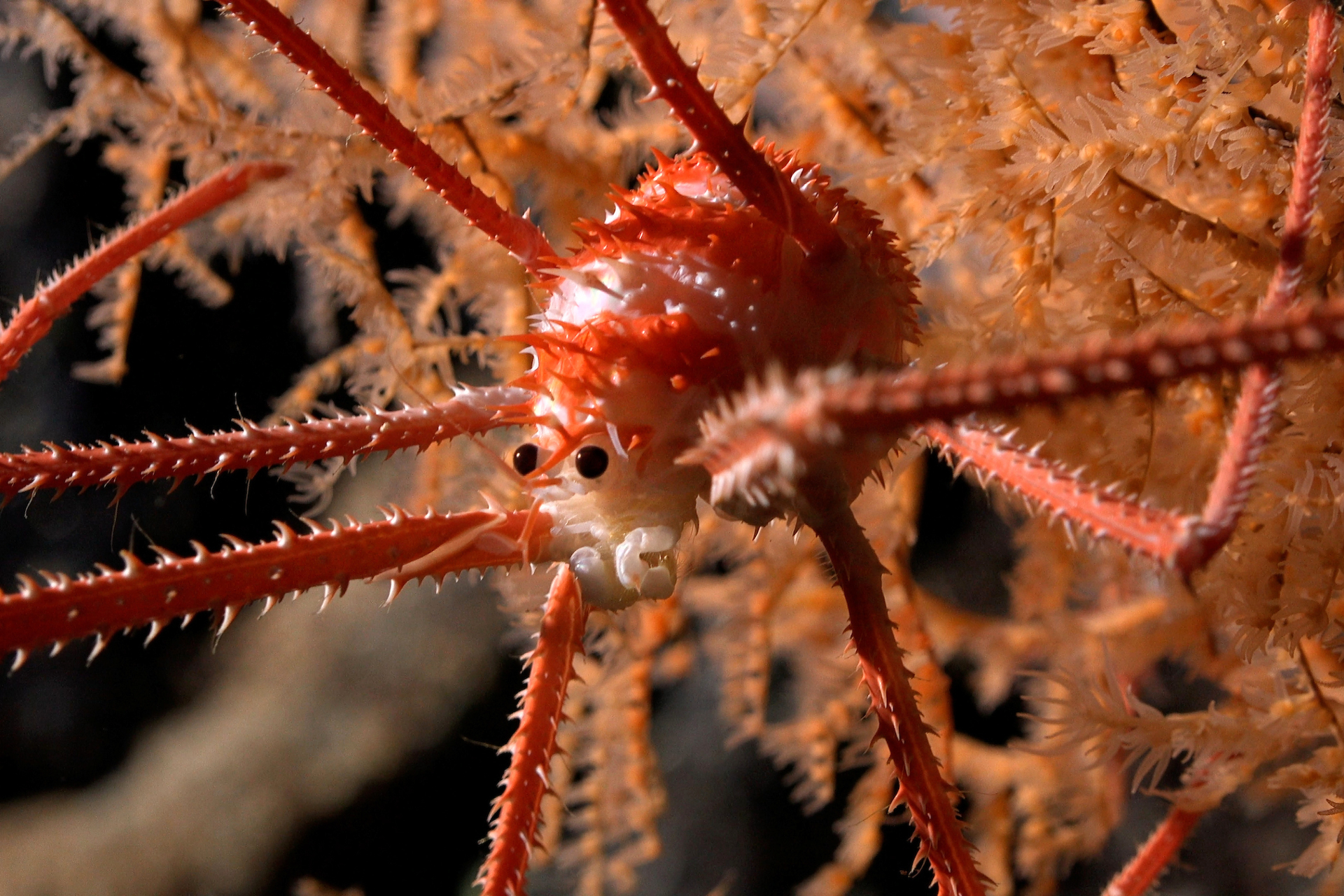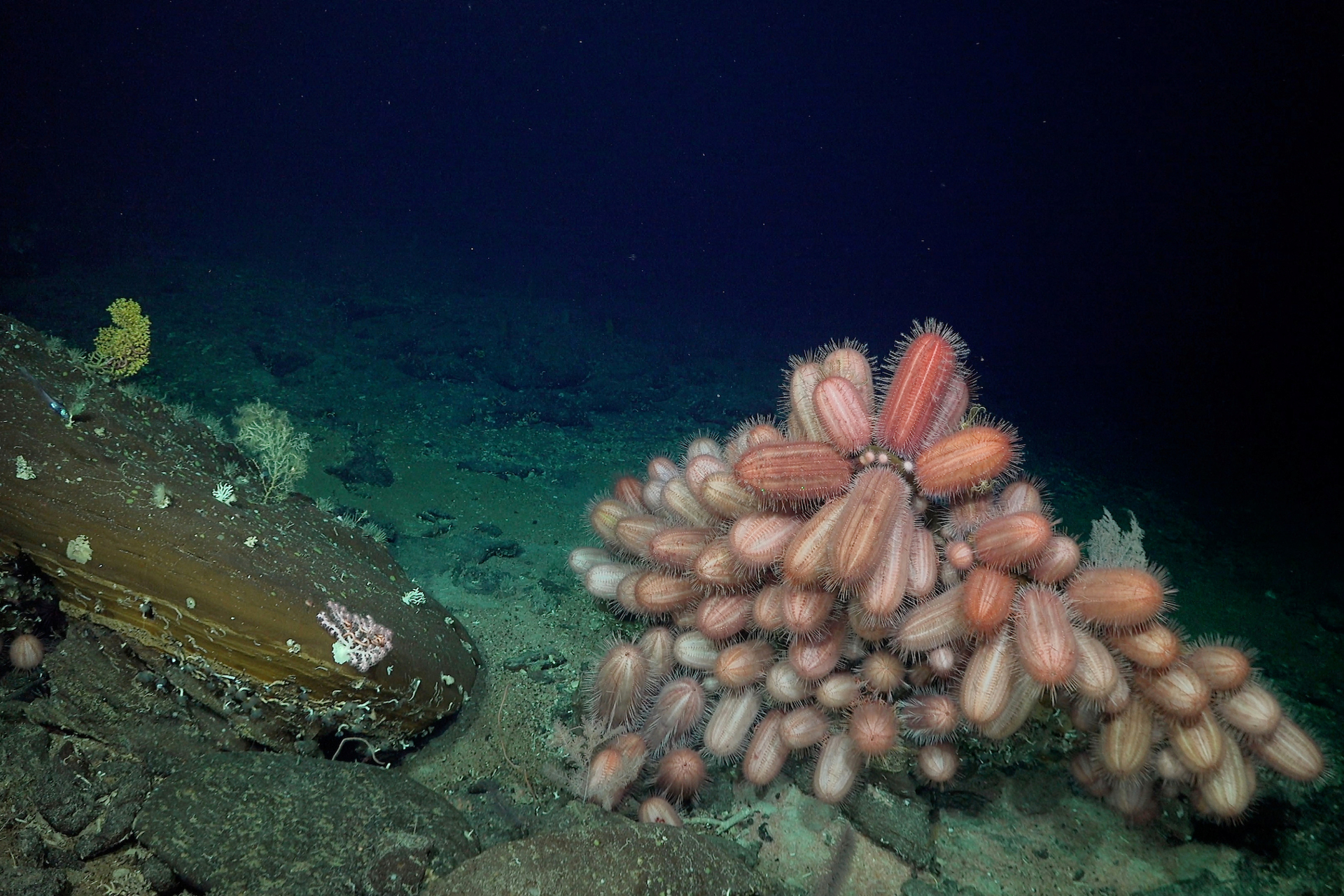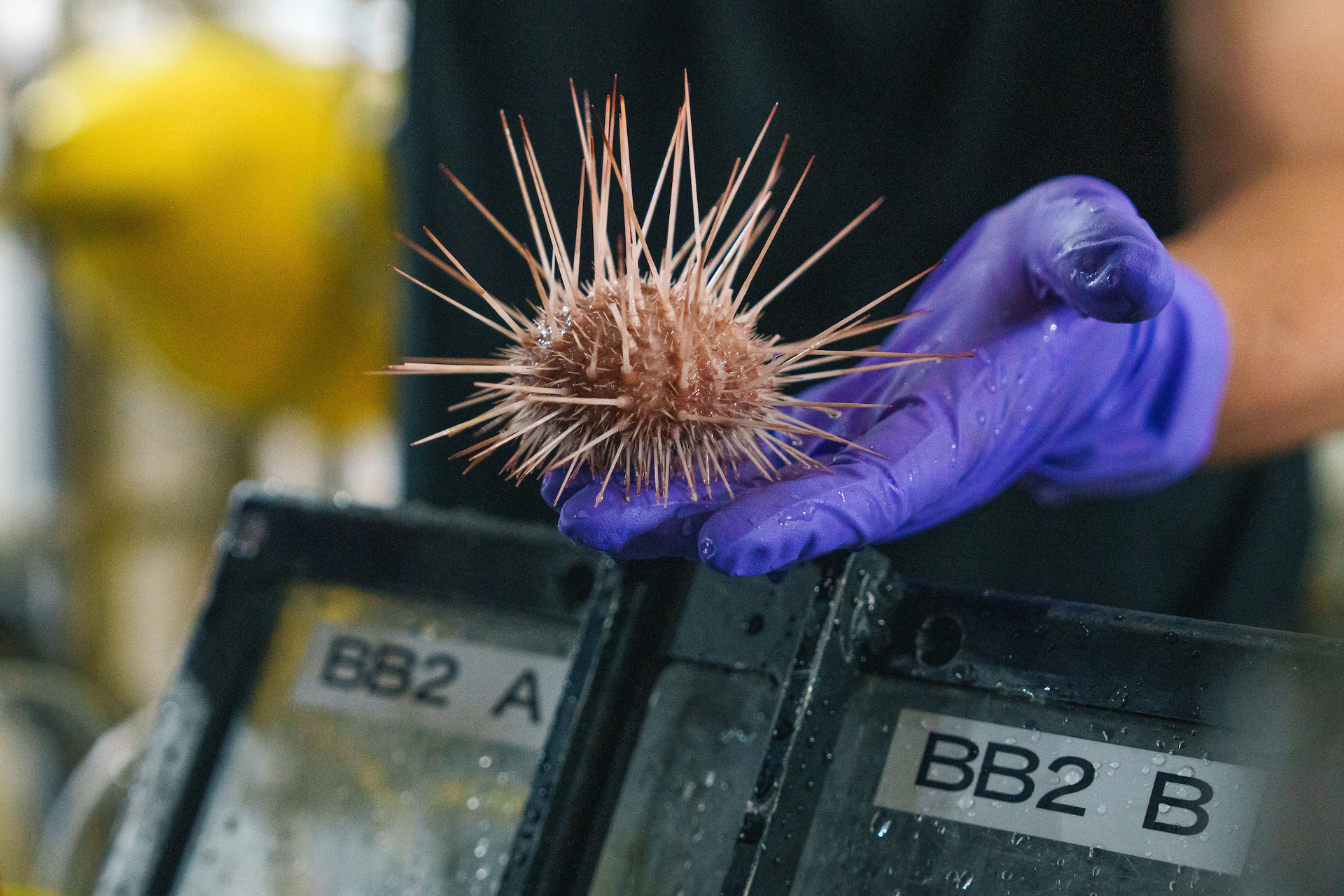Deep sea expedition reveals 100 species living in Chilean seamounts
An underwater study discovered 100 new species in a dive off the Chilean coast. The study identified many deep-sea species and found some likely unknown to science.
The expedition photographed all the discoveries while studying an underwater mountain system to advance Chile's marine conservation efforts.
Never miss a story! Click here to follow The Daily Digest.
Photo: Schmidt Ocean Institute / CC BY-NC-SA
According to a press release, the team explored seamounts along the Salas y Gómez and Nazca Ridge, extending from Chile's coast to Rapa Nui, or Easter Island.
Photo: Schmidt Ocean Institute / CC BY-NC-SA
They also looked into two underwater national conservation areas: the Juan Fernandez and Nazca-Desventuradas marine parks.
Photo: ROV SuBastian / Schmidt Ocean Institute / CC BY-NC-SA
A promotional video explained how scientists from the Universidad Catolica del Norte and the Schmidt Ocean Institute, including Rapa Nui researchers and students.
Photo: Alex Ingle / Schmidt Ocean Institute / CC BY-NC-SA
The Schmidt Ocean Institute explained that the scientists mapped over 32,000 square miles around the 1800-mile-long Ridge, which contains more than 200 seamounts.
Photo: Alex Ingle / Schmidt Ocean Institute / CC BY-NC-SA
They used an underwater robot capable of descending more than 14,000 feet to the ocean's depth, which they used to collect data from ten seamounts.
Photo: Alex Ingle / Schmidt Ocean Institute / CC BY-NC-SA
After the descent, they found a thriving ecosystem in the underwater mountains, with deep-sea coral reefs and sponge gardens.
Photo: ROV SuBastian / Schmidt Ocean Institute / CC BY-NC-SA
The expedition's leader, Javier Sellanes of the Universidad Catolica del Norte, said the number of species they found exceeded their expectations.
Photo: Alex Ingle / Schmidt Ocean Institute / CC BY-NC-SA
In a press release, he said, "These thriving and healthy ecosystems indicate that the Nazca-Desventuradas and Juan Fernández Marine Parks effectively protect delicate marine habitats."
Photo: Alex Ingle / Schmidt Ocean Institute / CC BY-NC-SA
Among the most fascinating species they found was a crochet-looking bright-red sea toad, called Chaunacops. The animal raised headlines for its fun appearance.
Photo: Schmidt Ocean Institute / CC BY-NC-SA
They also found a spiraling coral, shown in the picture, among many others inside the protected areas.
Photo: ROV SuBastian / Schmidt Ocean Institute / CC BY-NC-SA
Sellanes was shocked, particularly by the number of sponge species they found. "(It) is mind-blowing," he said in the Schmidt Ocean Institute press release.
Photo: ROV SuBastian / Schmidt Ocean Institute / CC BY-NC-SA
In addition to the new species, the research team discovered four new seamounts within Chilean waters.
Photo: ROV SuBastian / Schmidt Ocean Institute / CC BY-NC-SA
The researchers named one of them 'Solito.' It was the highest, with more than 11,500 feet, and was fully mapped and explored for the first time.
Photo: ROV SuBastian / Schmidt Ocean Institute / CC BY-NC-SA
Sellanes said that it can take years to identify the species. They hope to add them to a list of 10,000 new marine species that the Nippon Foundation – Nekton Ocean Census Program set out to find in the next decade.
Photo: Alex Ingle / Schmidt Ocean Institute / CC BY-NC-SA
More for you
Top Stories



